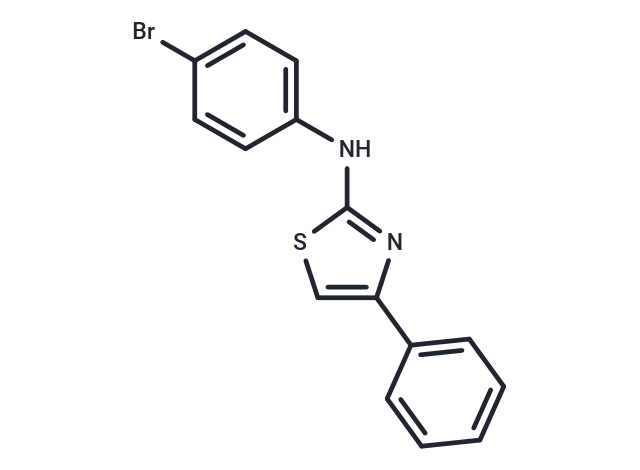Shopping Cart
- Remove All
 Your shopping cart is currently empty
Your shopping cart is currently empty

RCGD423, a small molecule gp130 modulator, prevents articular cartilage degeneration and promotes repair.

| Pack Size | Price | Availability | Quantity |
|---|---|---|---|
| 1 mg | $31 | In Stock | |
| 5 mg | $72 | In Stock | |
| 10 mg | $112 | In Stock | |
| 25 mg | $163 | In Stock | |
| 50 mg | $239 | In Stock | |
| 100 mg | $372 | In Stock | |
| 1 mL x 10 mM (in DMSO) | $76 | In Stock |
| Description | RCGD423, a small molecule gp130 modulator, prevents articular cartilage degeneration and promotes repair. |
| In vitro | The ability of RCGD 423 to inhibit hypertrophy in human cells was confirmed by assessing RUNX2 and COL 10 levels in healthy and osteoarthritic articular chondrocytes following incubation with the compound. RCGD 423 elicited a unique signaling profile, driving strong increases in pSTAT3 and MYC levels without activating AKT or NF-κB, resulting in a signaling milieu downstream of gp130 similar to actively proliferating and anabolic fetal chondrocytes. |
| In vivo | Operated animals would receive an intra-articular injection of 4 μg RCGD 423 loaded onto microspheres at the time of surgery and another 3weeks later. In RCGD 423-treated animals, there was little to no cartilage degradation, structural damage or generation of osteophytes. Control animals showed increased levels of cartilage-degrading proteins and markers of hypertrophy, while these were mostly absent in RCGD 423-treated rats. |
| Molecular Weight | 331.23 |
| Formula | C15H11BrN2S |
| Cas No. | 108237-91-8 |
| Smiles | Brc1ccc(Nc2nc(cs2)-c2ccccc2)cc1 |
| Relative Density. | no data available |
| Storage | Powder: -20°C for 3 years | In solvent: -80°C for 1 year | Shipping with blue ice. | |||||||||||||||||||||||||||||||||||
| Solubility Information | H2O: Insoluble DMSO: 150 mg/mL (452.86 mM) | |||||||||||||||||||||||||||||||||||
Solution Preparation Table | ||||||||||||||||||||||||||||||||||||
DMSO
| ||||||||||||||||||||||||||||||||||||

Copyright © 2015-2024 TargetMol Chemicals Inc. All Rights Reserved.